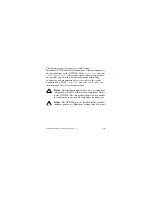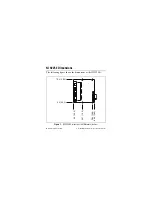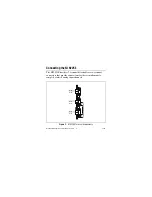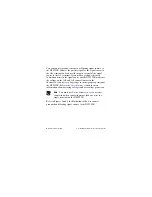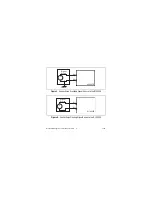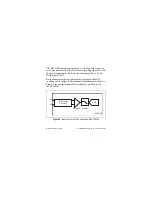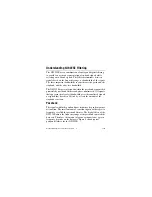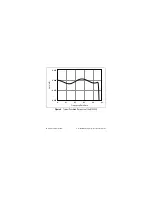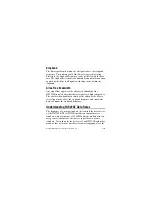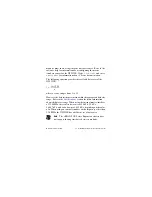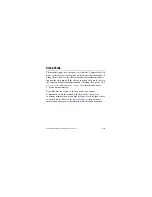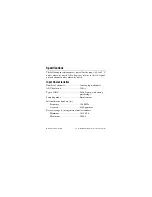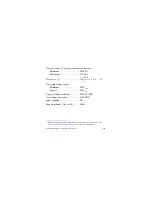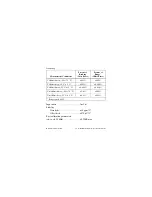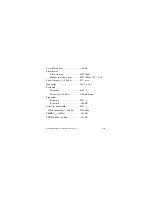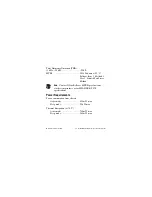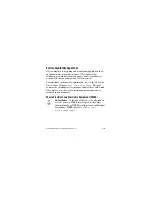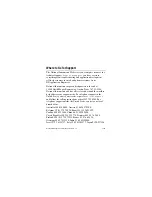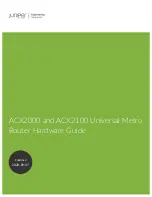
NI 9225E Operating Instructions and Specifications
10
ni.com
Stopband
The filter significantly attenuates all signals above the stopband
frequency. The primary goal of the filter is to prevent aliasing.
Therefore, the stopband frequency scales precisely with the data
rate. The stopband rejection is the minimum amount of attenuation
applied by the filter to all signals with frequencies within the
stopband.
Alias-Free Bandwidth
Any signal that appears in the alias-free bandwidth of the
NI 9225E is not an aliased artifact of signals at a higher frequency.
The alias-free bandwidth is defined by the ability of the filter to
reject frequencies above the stopband frequency and equals the
data rate minus the stopband frequency.
Understanding NI 9225E Data Rates
The frequency of a master timebase (
f
M
) controls the data rate (
f
s
)
of the NI 9225E. The NI 9225E includes an internal master
timebase with a frequency of 12.8 MHz, but the module also can
accept an external master timebase or export its own master
timebase. To synchronize the data rate of an NI 9225E with other
modules that use master timebases to control sampling, all of the


